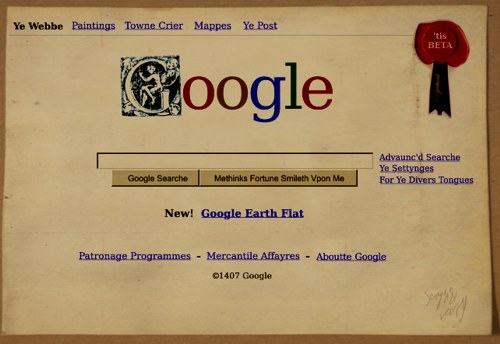Lịch sử Internet Marketing
Xu hướng Internet trải rộng khắp năm châu. Vậy bạn có biết Internet Marketing được hình thành từ khi nào, bắt đầu có ảnh hướng đối với các nhà maketers và media planner khi nào? Hãy cùng nhau tìm hiểu và cho ý kiến về tầm quan trọng của Internet Marketing nhé!
This is default featured post 2 title
Go to Blogger edit html and find these sentences.Now replace these sentences with your own descriptions.This theme is Bloggerized by Lasantha Bandara - Premiumbloggertemplates.com.
This is default featured post 3 title
Go to Blogger edit html and find these sentences.Now replace these sentences with your own descriptions.This theme is Bloggerized by Lasantha Bandara - Premiumbloggertemplates.com.
This is default featured post 4 title
Go to Blogger edit html and find these sentences.Now replace these sentences with your own descriptions.This theme is Bloggerized by Lasantha Bandara - Premiumbloggertemplates.com.
This is default featured post 5 title
Go to Blogger edit html and find these sentences.Now replace these sentences with your own descriptions.This theme is Bloggerized by Lasantha Bandara - Premiumbloggertemplates.com.
Friday, August 26, 2011
4 Ways Smartphones Are Changing Consumer Shopping Behavior
Sunday, August 21, 2011
4 questions to ask before developing a mobile app - iMediaConnection.com (4)
4 questions to ask before developing a mobile app - iMediaConnection.com (3)
2. What is the best delivery platform?
4 questions to ask before developing a mobile app - iMediaConnection.com (2)
4 questions to ask before developing a mobile app - iMediaConnection.com (1)
 4 questions to ask before developing a mobile app - iMediaConnection.com
4 questions to ask before developing a mobile app - iMediaConnection.comHow to integrate mobile into all your campaigns - iMediaConnection.com (2)
Untethered: reaching the consumer on-the-goMobile marketing solutions also provide a digital platform that can easily complement and enrich desktop digital campaigns with the ability to extend digital marketing activities into the real world. Mobile marketing tactics can work hand-in-hand with digital marketing strategies to enhance your ongoing digital campaigns in many of the same ways outlined for traditional advertising tactics.
- Keep your target audience in mind. The mobile experience must be relevant to their expectations.
- Expand your engagement. Provide a mobile offering that's meaningful and will have the consumer coming back to the branded response.
- Make it memorable. There are brandable mobile solutions available to ensure your consumer can easily find you.
- Make it easy. Relying on the consumer to learn about your engagement method may be asking too much of them.

How to integrate mobile into all your campaigns - iMediaConnection.com (1)
As mobile continues to emerge as an increasingly important marketing channel, marketers are facing a new set of challenges and opportunities in the struggle to find the most effective means for engaging consumers on their mobile phones.










